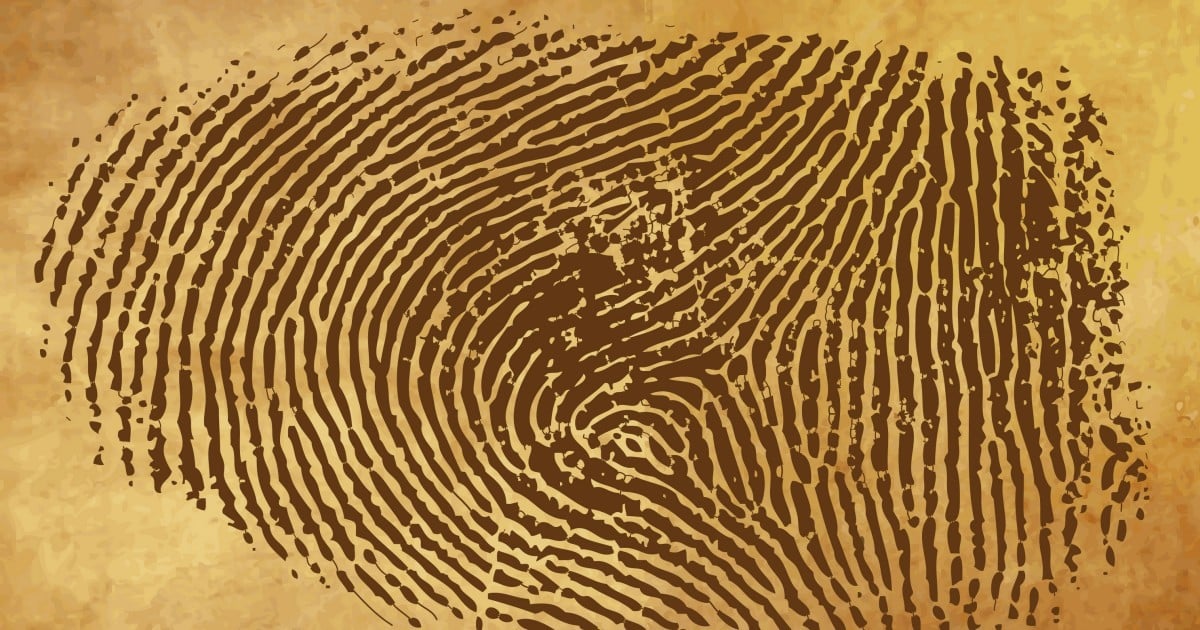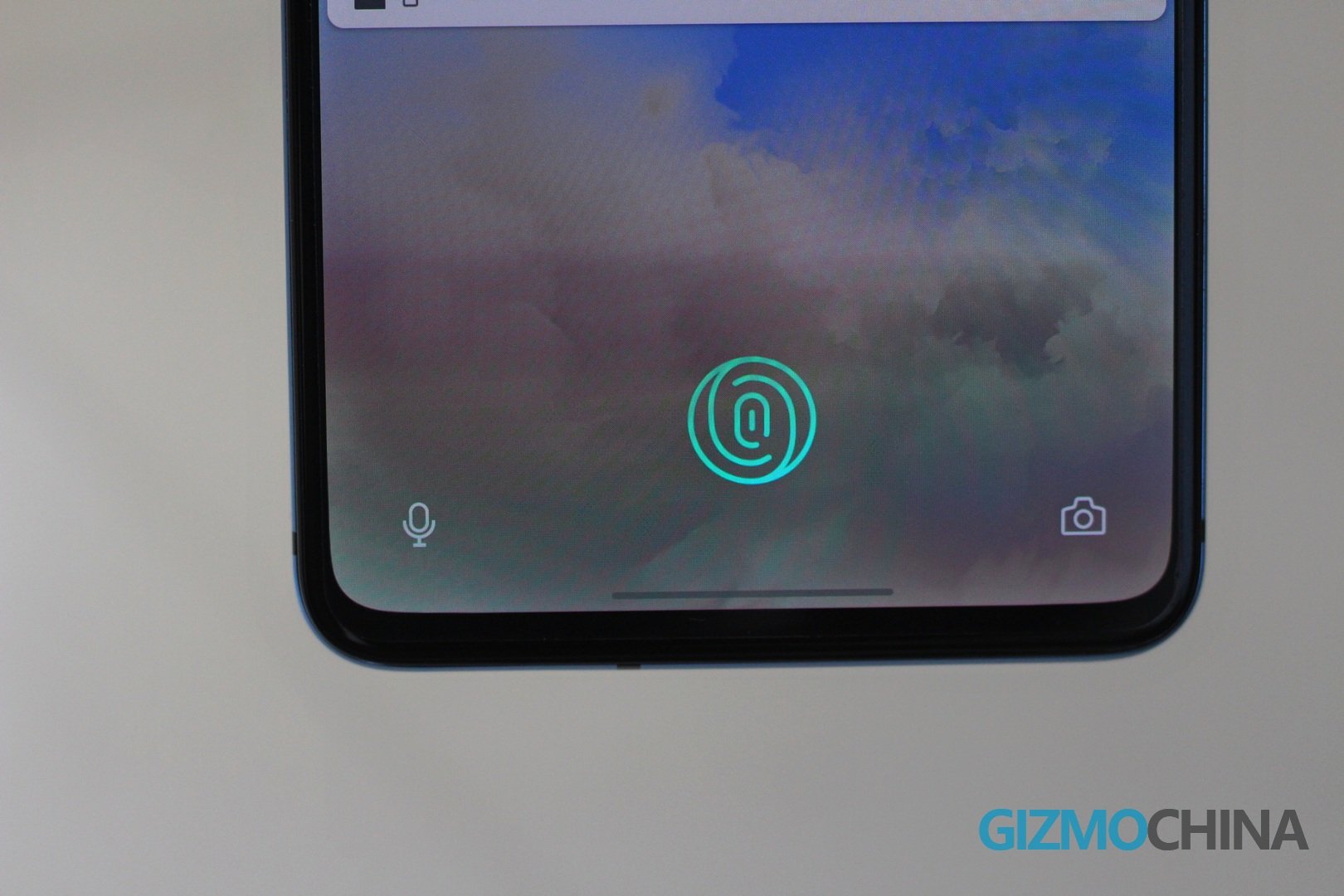Ever since the dawn of fingerprint sensing technology, the world had quickly evolved into a new era for law enforcement. Now, hard evidence and proof of one’s presence at a place can easily be determined with the new technology. However, it also posed a certain flaw, as a simple fingerprint could have potentially been left behind hours or days ago. But now, new technology makes it possible to determine the time when the fingerprint was initially made.
Although fingerprints can be hard proof, criminals often argue that it was left behind before the crime incident took place. This means that there always room to dodge evidence as well with false counter arguments. To combat this, a group of scientists from Iowa State University worked on a pre-existing theory which suggests that as a fingerprint age, ozone in the surrounding air reacts with unsaturated triacylglycerols deposited by the fingertip.

In simpler terms, measure the effects that the atmosphere had on the fingerprint. The team achieves this by studying multiple prints from three volunteers. The fingerprints were left on various surfaces over a period of seven days and used mass spectrometry imaging to measure when each of the fingerprints was left. The study was concluded based on the rate at which the triacylglycerols had degraded.
Editor’s Pick: OnePlus 6 and 6T receive OxygenOS 10.3.1 update, brings December patch and 5GHz WiFi fix
Notably, tests on fingerprints could also potentially damage the fingerprint in the past, destroying precious evidence; however, this technique preserves it so they can still be used to identify criminals. Furthermore, the technique could also date the prints even after it had been dusted by forensic powder.

An interesting phenomenon discovered by the tests was that the rate of degradation varied considerably from person to person. This is probably due to the different physical anatomical aspects of each individual and their fingerprints. Thus, it also leads to the new techniques one crucial flaw that it needed to first identify the person first and measure their unique triacylglycerol profile before the dating process began.
UP NEXT: Purported POCO X2 real image and key specs appear; Leak suggests its rebadged Redmi K30 4G
(Via)







